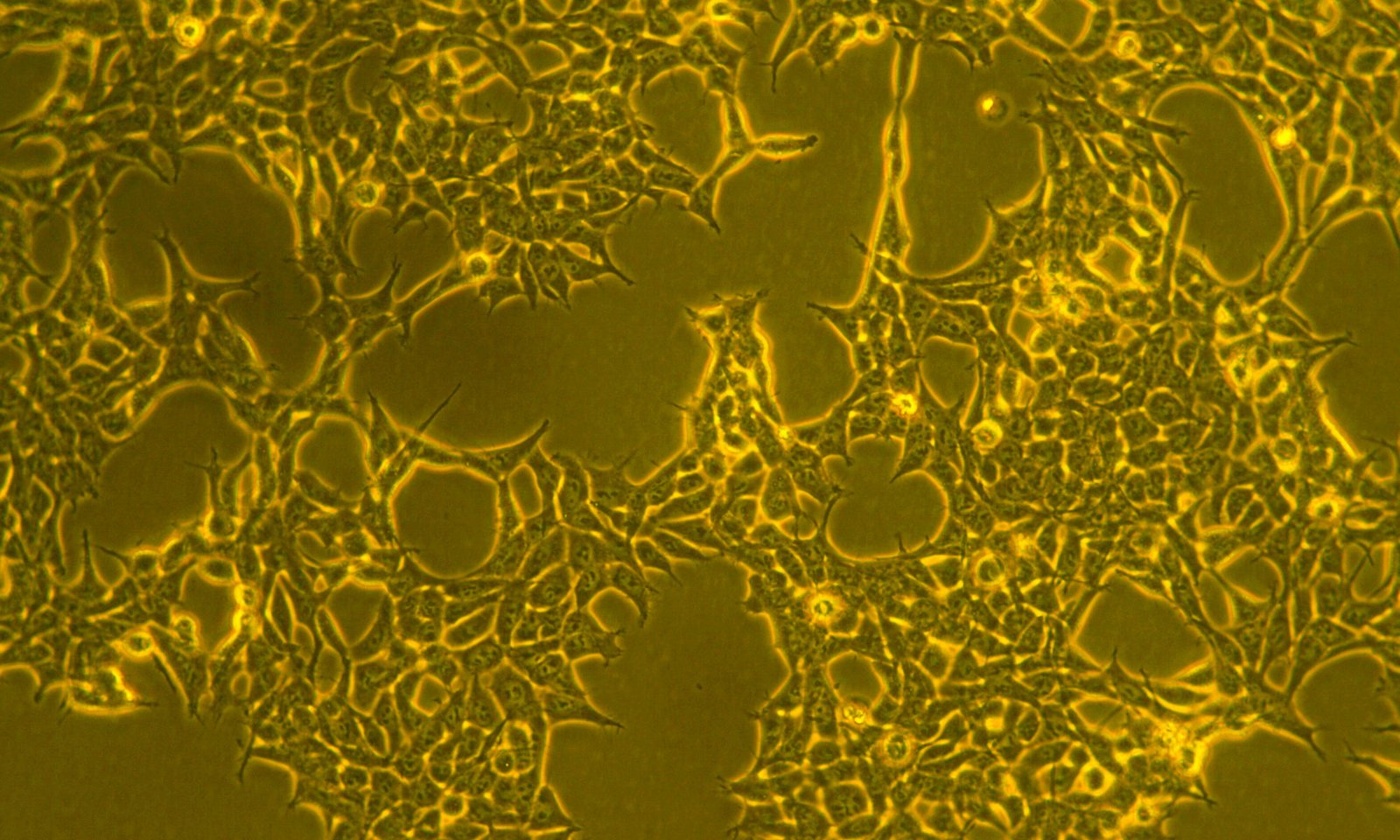Abstract
The structure and distribution of genomic diversity in natural microbial communities is largely unexplored. Here, we used shotgun metagenomics to assess the diversity of the honey bee gut microbiota, a community consisting of few bacterial phylotypes. Our results show that most phylotypes are composed of sequence-discrete populations, which co-exist in individual bees and show age-specific abundance profiles. In contrast, strains present within these sequence-discrete populations were found to segregate into individual bees. Consequently, despite a conserved phylotype composition, each honey bee harbors a distinct community at the functional level. While ecological differentiation seems to facilitate coexistence at higher taxonomic levels, our findings suggest that, at the level of strains, priority effects during community assembly result in individualized profiles, despite the social lifestyle of the host. Our study underscores the need to move beyond phylotype-level characterizations to understand the function of this community, and illustrates its potential for strain-level analysis.
Reference:
Ellegaard KM, Engel P. Genomic diversity landscape of the honey bee gut microbiota. Nat Commun. 2019 Jan 25;10(1):446. doi: 10.1038/s41467-019-08303-0. PubMed PMID: 30683856; PubMed Central PMCID: PMC6347622.
Genomic diversity landscape of the honey bee gut microbiota https://t.co/v2U60vr5Ah #INPST #Microbiota #Metagenomics #Bees @grawoig @erlesen @Dra_TeraizaMesa @dev0013 @holistic_Hlth @chefegomez @dibungikalend @815wrldtrvlr @villebooks @H3nRasouli @Devkota_HP @ykmohanta pic.twitter.com/7AlZJ5ccWU
— INPST (@_INPST) November 26, 2019
Keywords: genomic diversity landscape, honey bee, gut microbiota, phylotype composition, age-specific abundance profiles, metagenomics, #Microbiota, #Metagenomics, #Bees.
Why publish with Current Research in Biotechnology? Quality. Speed. Visibility. https://t.co/xj0ri5DgNI #CRBIOTECH #INPST pic.twitter.com/jcIVOavjjf
— Dr Atanas G Atanasov (@_atanas_) June 26, 2019
The International Natural Product Sciences Taskforce (INPST) maintains up-to-date lists with conferences, grants and funding opportunities, jobs and open positions, and journal special issues with relevance for the area of phytochemistry and food chemistry, pharmacology, biotechnology, medicine and pharmacognosy research, and natural product science.
Join for free INPST as a member

























